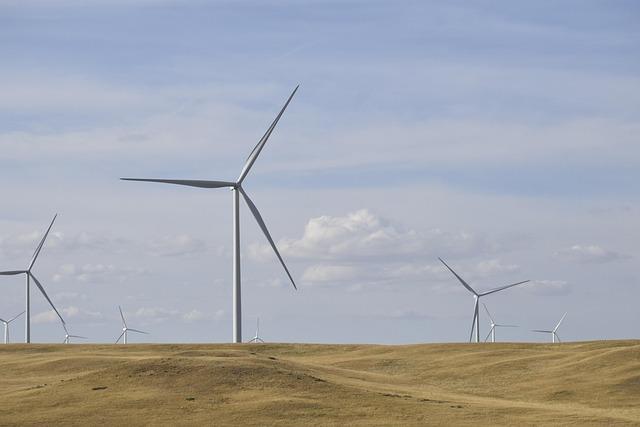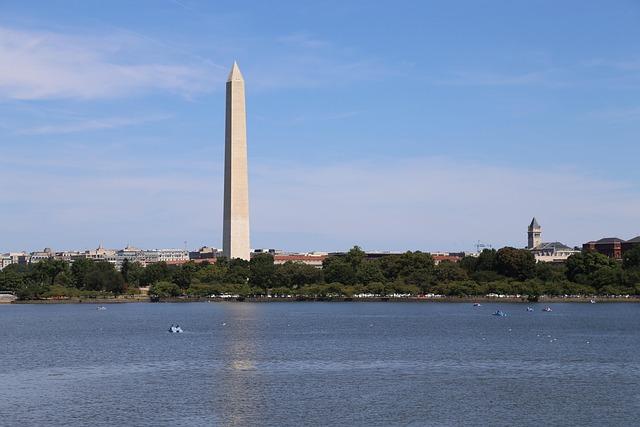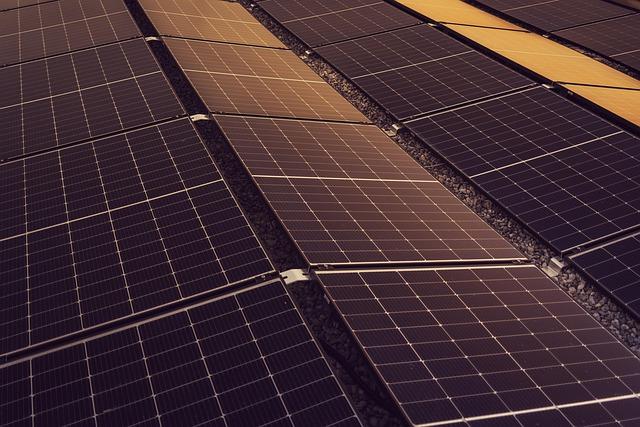- Introduction
- Background on U.S. Clean Energy Policy
- Recent Cuts and Their Justifications
- Economic and Environmental Impacts
- Industry Response and Public Reaction
- Conclusion
- FAQs
- References
Introduction
Recent actions by the U.S. administration have seen a significant reduction in investments dedicated to clean energy initiatives. This move has sparked discussions across political, environmental, and economic spheres. In this article, we’ll explore the policy context that has allowed these cuts, examine the administration’s motives, and evaluate what these changes mean for the economy and climate goals.
We will begin by reviewing the historical trajectory of U.S. clean energy policy. We’ll then dig into the specifics of the recent investment cuts and look at how the government justifies these decisions. The third section will analyze the economic and environmental repercussions, including impacts on job creation and climate mitigation. In the fourth segment, we’ll cover the responses from industry leaders, advocacy groups, and the general public. We’ll close with a summary and an FAQ section, followed by references to support further reading.
Background on U.S. Clean Energy Policy

(Image: Pixabay/@SailingOnChocolateRoses)
The United States has long been a key player in the global push toward clean energy. Over the past two decades, federal and state governments have partnered on numerous initiatives to promote solar, wind, geothermal, and other renewable energy sources. Programs such as tax credits for solar panel installations and subsidies for wind farms have encouraged private-sector investments and job creation in the green sector.
The Obama-era policies set a strong precedent for clean energy advocacy, introducing ambitious goals through the Clean Power Plan and committing to the Paris Agreement. These frameworks aimed to reduce greenhouse gas emissions and support a sustainable energy future.
However, clean energy policies have not remained consistent with shifts in political administrations. Under the Trump administration, several clean energy incentives were rolled back, with a focus turned toward fossil fuel development. The Biden administration reintroduced a strong clean energy focus, but recent budgetary decisions suggest a change in course or reprioritization within the federal roadmap.
Recent Cuts and Their Justifications

(Image: Pixabay/@neelam279)
In early 2024, the White House released a federal budget proposal that included significant cuts to funding for clean energy research, tax credits, and developmental grants. Notable line-item reductions affected programs supporting electric vehicle adoption, residential solar incentives, and wind energy research. The Department of Energy saw a reallocation of resources, with some funds redirected toward traditional and nuclear energy initiatives.
Administration officials have cited economic efficiency and a desire to balance federal spending as the drivers of these cuts. According to statements from the Office of Management and Budget, the decision aims to "sharpen the focus" on energy technologies that are currently more viable or closer to market readiness.
Critics argue that the cuts represent a short-term approach that undermines long-term climate stability. Proponents, however, suggest that the government is moving from "investing" to "optimizing," prioritizing proven solutions over experimental green initiatives.
Economic and Environmental Impacts

(Image: Pixabay/@ronymichaud)
One of the most significant immediate effects of the budget cuts is on the labor market. Clean energy has been one of the fastest-growing job sectors in the U.S., supporting over 3 million jobs as of 2023. Reductions in federal support could slow this expansion, particularly in rural and economically disadvantaged areas where green jobs are often created.
On the environmental front, the shift in funding priorities raises concerns about the U.S.’s ability to meet 2030 emissions targets. According to a study by the Environmental Defense Fund, cutting back on clean energy investments could lead to an estimated 8% increase in national greenhouse gas emissions above projected reductions by 2028.
Moreover, industry analysts warn of a potential technological lag. Without federal backing, startups and academic institutions may struggle to scale renewable innovations, ceding leadership in global clean tech development to other nations like China and Germany.
Industry Response and Public Reaction

(Image: Pixabay/@pieonane)
Responses from the energy industry have been mixed. Major oil and gas companies have welcomed some of the reallocations, seeing them as a leveling of the playing field. On the other hand, clean energy firms and environmental NGOs have expressed deep concern, arguing that these cuts send the wrong message to investors and international partners.
The American Clean Power Association released a statement calling the cuts “a step backward,” emphasizing that strong federal support is still necessary to unlock the full economic potential of renewables. Technology CEOs, such as Elon Musk, have criticized the administration’s direction as counterproductive to innovation.
Public reaction has also been notable. Nationwide protests and online campaigns have emerged, with hashtags like #FundCleanEnergy trending on social media platforms. Polls conducted by Pew Research Center indicate that a majority of Americans support federal funding for renewable energy, suggesting a disconnect between policy decisions and public opinion.
Conclusion
The current administration's decision to cut investments in clean energy reflects a complex balancing act between fiscal responsibility and environmental stewardship. While some argue for prioritizing short-term economic stability, others emphasize the long-term benefits of continued renewable investment. As the world accelerates toward decarbonization, the U.S. must carefully consider its role and commitments to both domestic and international climate goals.
Whether these policy changes represent a temporary strategy shift or a longer-term trend, their impact will be far-reaching. From employment and economic development to planetary health, the decisions made today will shape the U.S. energy landscape for decades to come.
FAQs
Why did the U.S. administration reduce clean energy investments?
The administration cited fiscal constraints and efforts to focus on energy technologies that are closer to market deployment as the primary reasons for the cuts.
What programs were affected by the clean energy budget cuts?
Key areas affected include electric vehicle tax credits, residential solar panel subsidies, wind turbine R&D, and grants for renewable startup companies.
How do these cuts affect job growth in the clean energy sector?
Experts suggest that reduced investment could slow job growth, especially in emerging regions that have benefited from green infrastructure development.
Are any clean energy programs still receiving funding?
Yes. Some programs, particularly those involving nuclear and “clean coal” technologies, continue to receive funding. Additionally, state-level initiatives may still support clean energy development.
How does this impact U.S. international climate commitments?
The cuts may jeopardize the U.S.'s ability to meet emissions reduction targets outlined in agreements such as the Paris Climate Accord, raising concerns among international allies.

